The Air Force’s 24th Special Tactics Squadron is an elite special operations unit like no other
- By Stavros Atlamazoglou
Share This Article
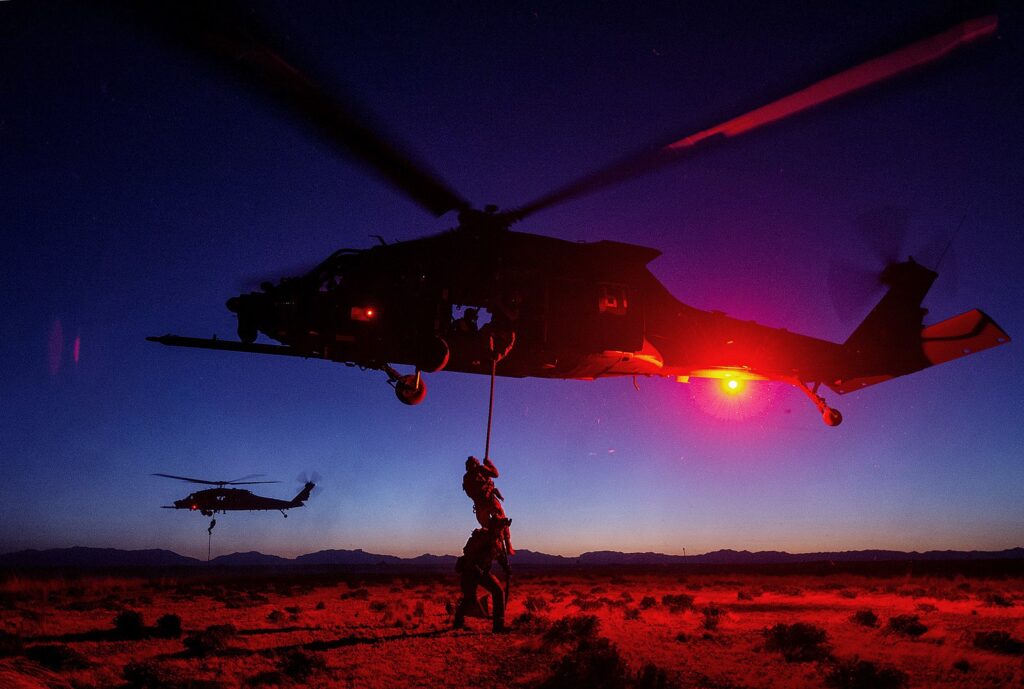
The U.S. special operations community boasts unparalleled capabilities. For over 20 years, these capabilities were tested to the extreme as the American operators led the war against terrorism and fought deployment after deployment.
With the demands of the war, the U.S. special operations community swelled in numbers and importance. Units like the Army Green Berets, Army Rangers, Navy SEALs, Marine Raiders, and Air Force Pararescuemen became household names.
But you probably haven’t heard of the Air Force’s elite tier 1 unit, the 24th Special Tactics Squadron.
A unit with a unique deployment
The 24th Special Tactics Squadron falls under the purview of the Joint Special Operations Command (JSOC). JSOC is the nation’s 911, always on standby to deal with the most complex military emergencies, including counterterrorism and hostage rescue. JSOC’s special missions units (three of them being the Army’s Delta Force, SEAL Team 6, and the secretive Intelligence Support Activity) can deploy anywhere in the world at a moment’s notice. Indeed, there is always a JSOC element on 24/7 standby with the necessary assets to perform a complex mission.
One of the four known special missions units, the 24th Special Tactics Squadron is unique in more than one way. You see, the 24th Special Tactics Squadron never deploys as a unit. Instead, it assigns its operators as attachments to other special missions units for direct support. For example, a Combat Controller will be attached to a Delta Force squadron to provide a close air support capability, or a Pararescueman will be attached to a Delta squadron as a combat medic. There have been cases, however, where operators had to go through additional training at the unit they would be attached to in order to serve. For example, a Combat Controller or Pararescueman would have to go through SEAL Team 6’s Green Team selection process before getting assigned to one of the assault squadrons.
For many years, the 24th Special Tactics Squadron limited its recruiting to the Pararescue, Combat Controller, and Special Operations Weather Technician (today Special Reconnaissance) communities. However, the extreme demands of the Global War on Terror and the multiple open fronts in Iraq, Afghanistan, Syria, Africa, and Southeast Asia pushed the unit to also open recruitment to the Tactical Air Control Party (TACP) community. Today, TACPs assigned to the 24th Special Tactics Squadron support special missions units like Delta Force and SEAL Teal 6 troops downrange.
Related: The social hierarchy of US special operations units
A long road to glory
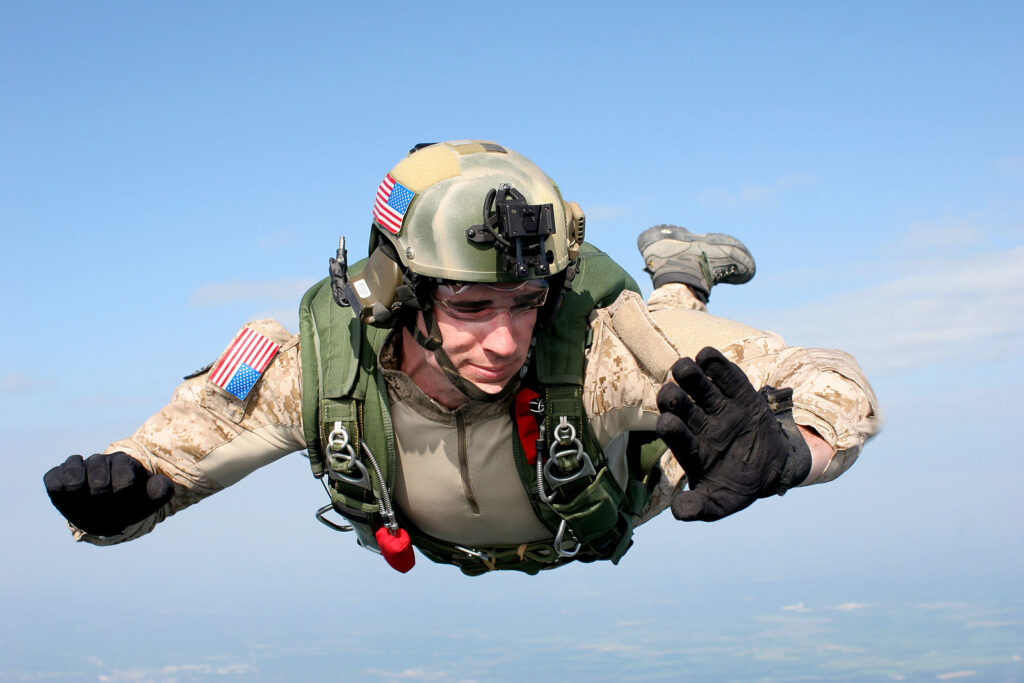
Assigned to the 24th Special Tactics Squadron is the pinnacle of an Air Commando’s career. To get there, a special operator first needs to pass selection for his particular career field. Currently, the pipeline to become a combat controller lasts 97 weeks and is one of the most intense in the entire U.S. military. Similarly, the pipeline to become a pararescueman can last almost 100 weeks and includes several different phases and schools, including combat diver, military freefall, and Survival, Evasion, Resistance, and Escape (SERE) training.
Once a candidate finishes the selection and assessment process of his particular career field, he gets assigned to a unit. The majority will go to a special tactics squadron and serve there for a number of years. During this time, the Air Commando will be attached to a “vanilla” special operations unit – a Green Beret A-Team, Ranger Regiment platoon, Navy SEAL platoon, or Marine Raiders special ops team – and deploy with it for months. After a few such attachments, he will have the opportunity to try for the 24th Special Tactics Squadron’s Green Team. Upon completion of the process, he will be assigned to the unit and be eligible to deploy with another tier 1 special missions unit.
The 24th Special Tactics Squadron has been at the forefront of special operations. Some notable operations include the “Black Hawk Down” incident in Somalia in 1993 where a small team of Air Commandos attached to Delta Force fought in the battle and won several awards for valor. In 2001, during the Battle of Takur Ghar, Technical Sergeant John Chapman, who was attached to a SEAL Team 6 element, fought alone against several al-Qaeda fighters on the top of a mountain. He was posthumously awarded the Medal of Honor for his actions.
There is no doubt that Air Commandos who make it to the 24th Special Tactics Squadron are the best of the best.
Feature Image: Members from the U.S. Air Force 24th Special Tactics Squadron, Fort Bragg, complete helo, fast rope and hoisting training during exercise Advanced Guard, Holloman Air Force Base, N.M., April 14, 2014. Advanced Guard is a multimillion dollar exercise spanning across the states to train special operators to conduct joint operations. (Photo by Staff Sgt. Jodi Martinez/U.S. Air Force)
Read more from Sandboxx News
- Japan’s modern Howa Type 20 – Service rifles from around the world
- What do the recent Russo-Chinese joint exercises in the Pacific mean
- Exploring the Army’s obscure and radical SAWS program
- Ukraine’s getting powerful long-range glide bombs that will give its F-16s a new punch
- Exploring the versatile cornerstone of the US Navy’s destroyer fleet
Related Posts
Sandboxx News Merch
-

‘Kinetic Diplomacy’ Bumper Sticker (Black)
$8.00 Add to cart -

‘Sandboxx News’ Camo Trucker Hat
$29.00 Select options This product has multiple variants. The options may be chosen on the product page -
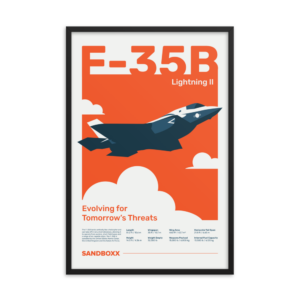
F-35 ‘Evolution’ Framed Poster
$45.00 – $111.00 Select options This product has multiple variants. The options may be chosen on the product page
Stavros Atlamazoglou
Greek Army veteran (National service with 575th Marines Battalion and Army HQ). Johns Hopkins University. You will usually find him on the top of a mountain admiring the view and wondering how he got there.
Related to: Special Operations
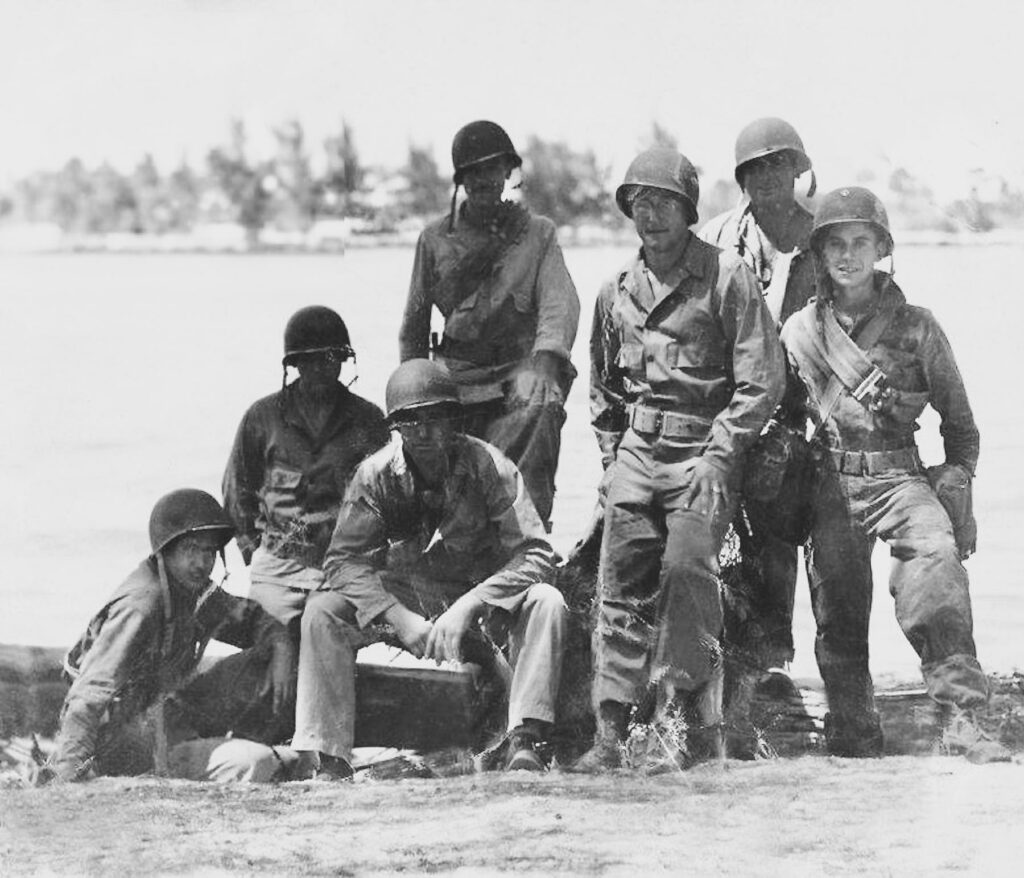
Before the Navy SEALs came the Underwater Demolition Teams
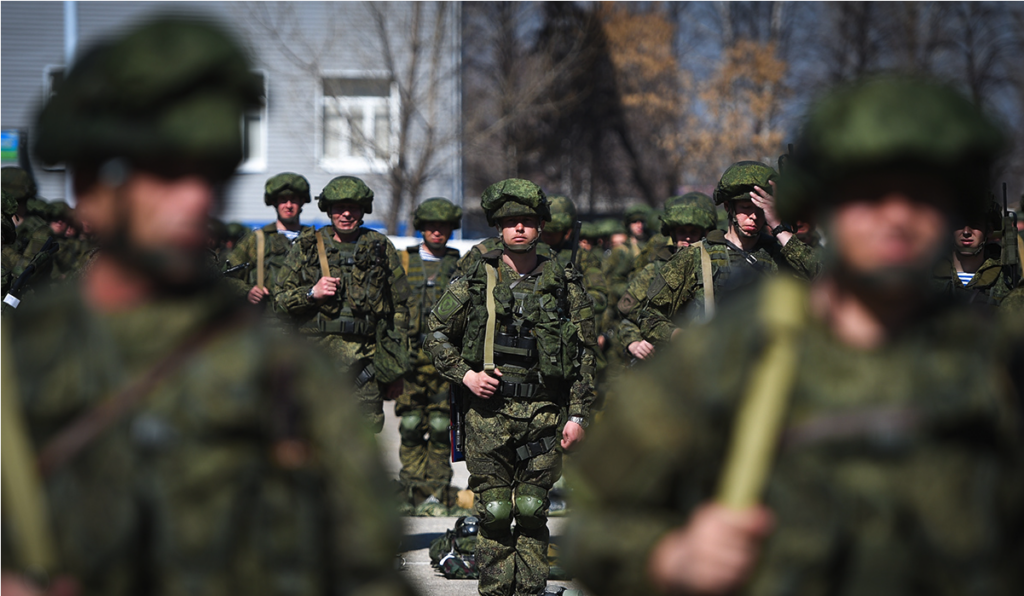
US is freezing military aid to Ukraine – and that will help Russia
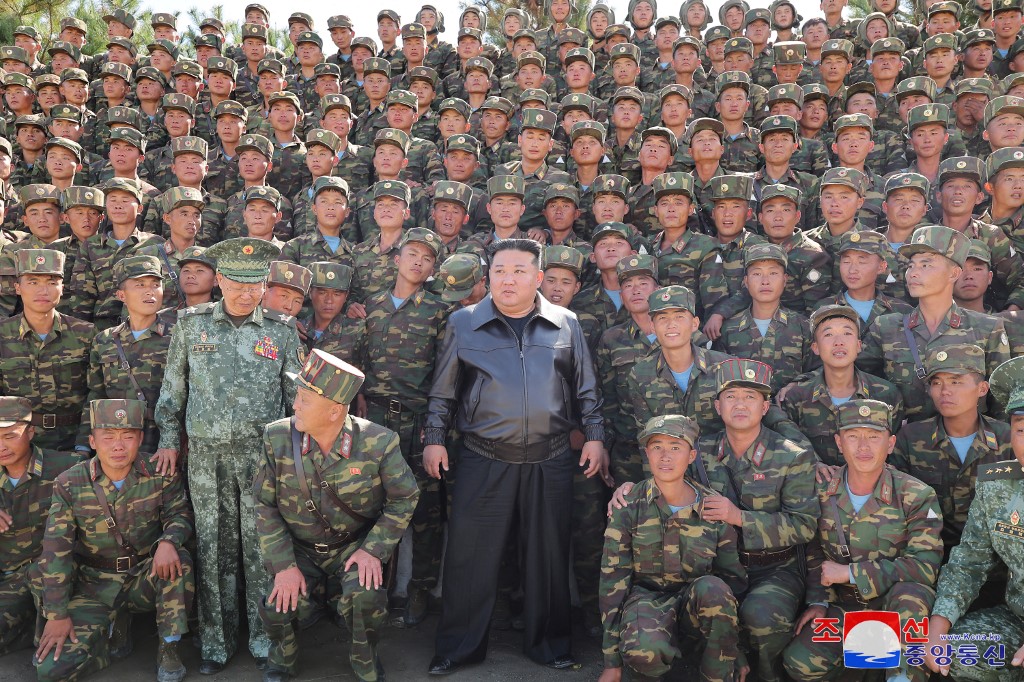
North Korean troops in Ukraine seem stuck in the Cold War, evidence suggests
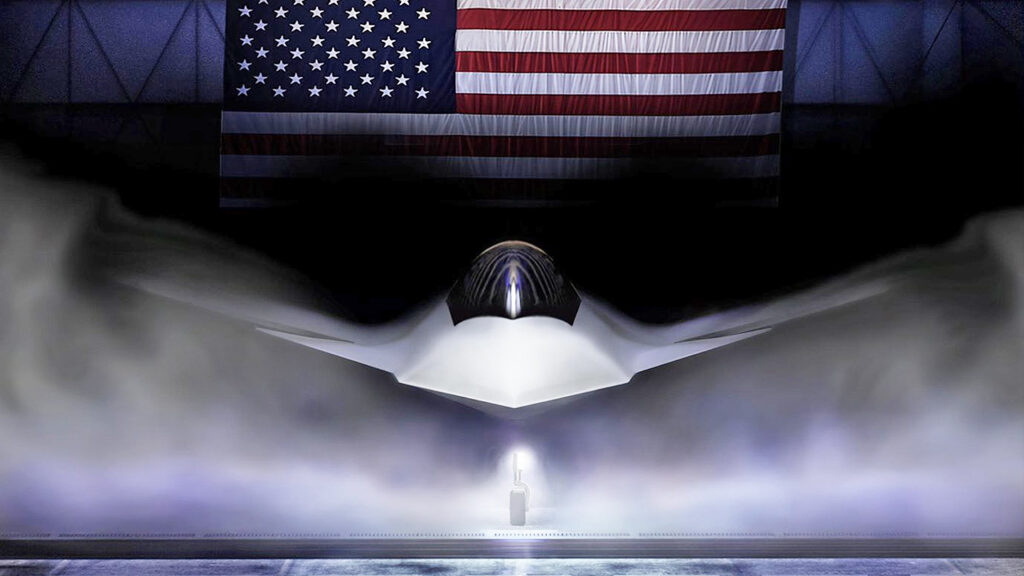
Boeing has managed to win the contract for America’s NGAD fighter
Sandboxx News
-

‘Sandboxx News’ Trucker Cap
$27.00 Select options This product has multiple variants. The options may be chosen on the product page -

‘AirPower’ Classic Hoodie
$46.00 – $48.00 Select options This product has multiple variants. The options may be chosen on the product page -

‘AirPower’ Golf Rope Hat
$31.00 Select options This product has multiple variants. The options may be chosen on the product page -

‘Sandboxx News’ Dad Hat
$27.00 Select options This product has multiple variants. The options may be chosen on the product page
